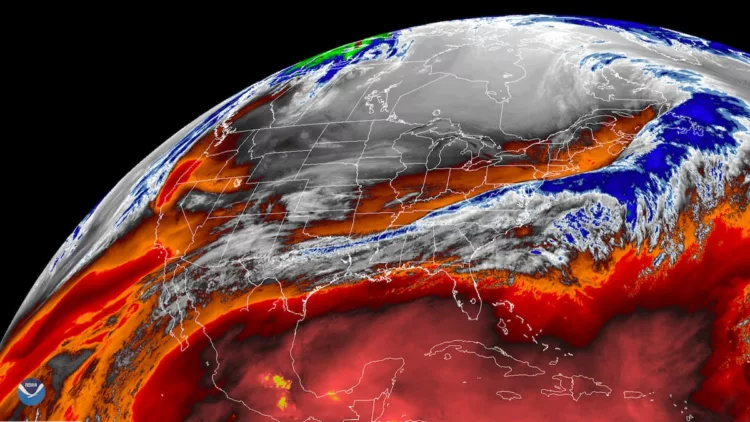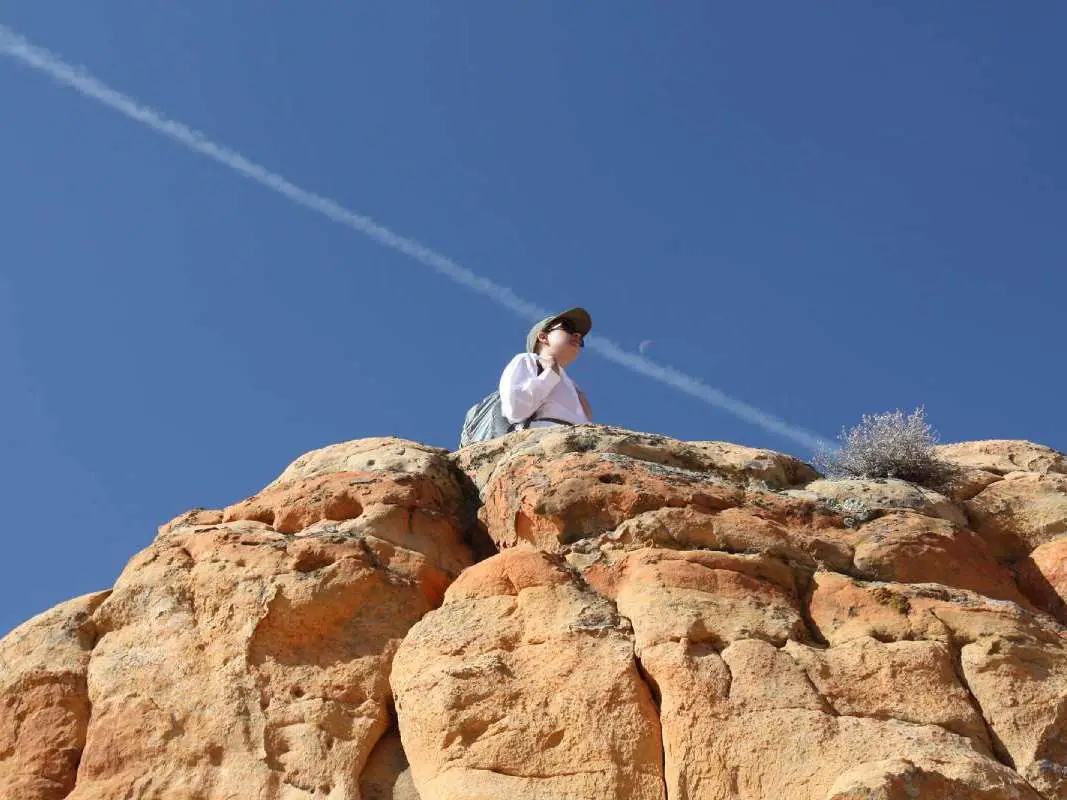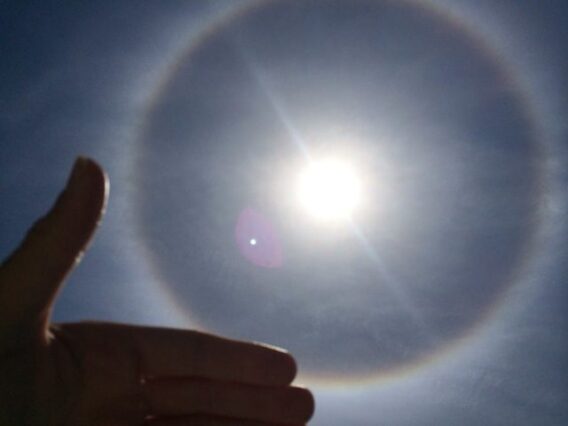You may have heard about atmospheric rivers in the news.
Now you want to know what they are and how they change the weather… right?

So, what exactly is an atmospheric river?
Are they anything like the Pineapple Express?
And what do these weather events do to control the weather near you?
The Atmosphere Isn’t Just Air
Go outside and look up in the sky… What do you see?
“Just air,” you say? Maybe you spy a few clouds? Perhaps a bird just flew overhead?
The sky may be blue as can be or full of cloud formations of seemingly every kind — but it’s more than just air up there.
In fact, the atmosphere is more like the ocean than it is a layer of air!
The atmosphere has ripples, currents, and streams — and it flows like the waters of any great sea.
But the correlation between the atmosphere and the oceans is far more than analogous. Like the oceans, the atmosphere is essentially a reservoir of moisture. And there are tons of water in the atmosphere.
About Those Atmospheric Rivers
An atmospheric river is a long, band-like slice water vapor being carried beyond the tropics.
As the National Oceanic and Atmospheric Administration says:
These atmospheric rivers can convey an “amount of water vapor roughly equivalent to the average flow of water at the mouth of the Mississippi River.”
So, wait, wait, wait… Just how much water is that? How much water is flowing out of the mouth of the Mississippi River into the Gulf of Mexico, about 100 miles south of New Orleans?
According to the National Park Service, the Mississippi River drains approximately 593,000 cubic feet of water into the Gulf of Mexico each second.
That’s a lot of water, isn’t it?
And when that focused stream of water vapor — known as an atmospheric river — laps up against the shore, it can unleash a slew of moisture in the form or rain and snow!
Are Atmospheric Rivers Bad?
No, atmospheric rivers are not inherently bad. They are a necessary part of our planet’s environmental system and help move moisture around different parts of Earth.
But some are stronger than others.
Just as with practically every other type of weather pattern, these plumes of moisture come in different magnitudes. Depending on the size, timing, location, and intensity of any particular atmospheric river, the result of one impacting any specific region can be anticlimactic, or dramatic… or somewhere in between.
Many atmospheric rivers are relatively docile, bringing a steady (though not overwhelming) stream of moisture to places that need it. These events can deliver rain to fertile soils, snow to mountain peaks, and conditions necessary for sustaining life. After all, life on Earth depends on the presence of water.
But the most destructive types pack a punch of heavy moisture and high winds — causing widespread flooding, deep snow packs, and strong gusts.
Things can get really bad when storms from an atmospheric river wash ashore in places that aren’t as well prepared for flooding storms or aren’t used to handling high concentrations of precipitation all at once.
Are Atmospheric Rivers & The Pineapple Express Related?
Yes!
The Pineapple Express is the whimsical, nontechnical name of one of the most famous atmospheric rivers on the planet.
The Pineapple Express acts like a conveyor belt that brings moisture from the Hawaiian islands in the Pacific Ocean to California, Oregon, Washington, and Canada.
However, the Pineapple Express isn’t always out to flood the streets and valleys of the Pacific coast.
Often it delivers just the right amount of moisture to help satiate the American West. But sometimes (especially during El Nino years, when the surface temperatures of the Pacific Ocean are much warmer than usual), the Pineapple Express will really ramp up the rain and snow — interrupting life for millions as storms plague the region.
As with other kinds of severe weather events, people who live in regions that are prone to higher-than-normal rainfalls due to the Pineapple Express need to take the proper safety precautions to avoid getting hurt. This may include delaying work and travel plans or even evacuating to higher ground. Eventually, the rains and snows will end and things will resume to normal again.
Ultimately, the rain and snow — while sometimes overwhelming — is crucial to keeping the American Southwest (which is largely arid desert land) habitable and hospitable.
Can Atmospheric Rivers Help End Droughts?
Mother Nature has a way of balancing things out. Sometimes an event such as a drought that persists for a long time can be solved with periods of prolonged rain.
Many people hoped that relentless rains brought on by an atmospheric river that deluged the Pacific coast in January 2023 would help end a long-term drought that has plagued the American Southwest since the 1990s.
The situation had been particularly notable due to years of concerning reports about dropping water levels in Lake Mead and Lake Powell — two artificial reservoirs located behind Nevada’s Hoover Dam and Glen Canyon Dam, respectively. If water levels drop too low, the hydroelectric dams that these reservoirs feed will be unable to power millions of people in the Southwest. Making matters even worse? Some 40 million people depend on these Colorado River waters for drinking, irrigation, bathing, and life!
While the rains helped bring a little relief to a drought-stricken Southwest, it sadly didn’t end the drought. Some of the most vital regional reservoirs saw barely a drop of water from the rains in January 2023. And much of the rain that fell in other parts of the Southwest ran back into the sea due to a lack of sufficient stormwater-collection facilities to capture all the rainwater.
Heavy snows in the mountains may result in the snowmelt necessary to bring a little short-term relief to Lake Mead and Lake Powell. But unless the Southwest sees higher-than-average rainwater and snow for several consecutive years, the drought will continue. Hanging in the balance are millions of Southwesterners depending on the waters that — for the time being — remain all too scarce.
The American Southwest remains unquenched.
I'm a weather geek from Florida who's been studying meteorology and watching weather patterns for years! I enjoy sharing little-known facts and fun stuff about the weather. I especially like sharing interesting details about weather events and conditions that can affect you… and how to prepare for Mother Nature's ever-changing weather patterns.





